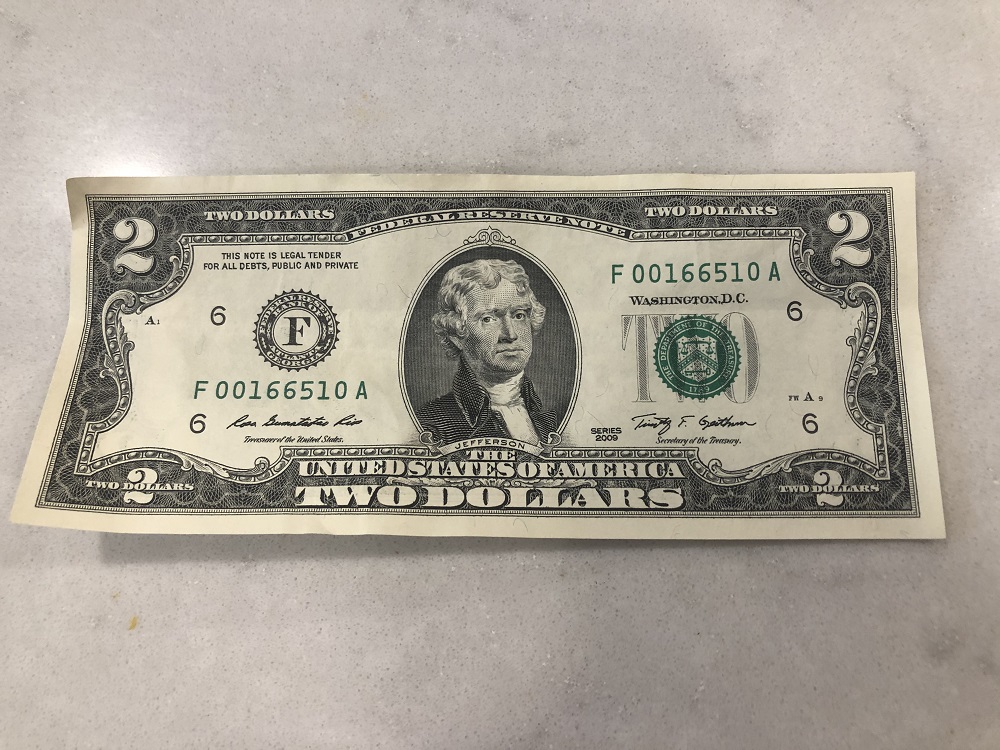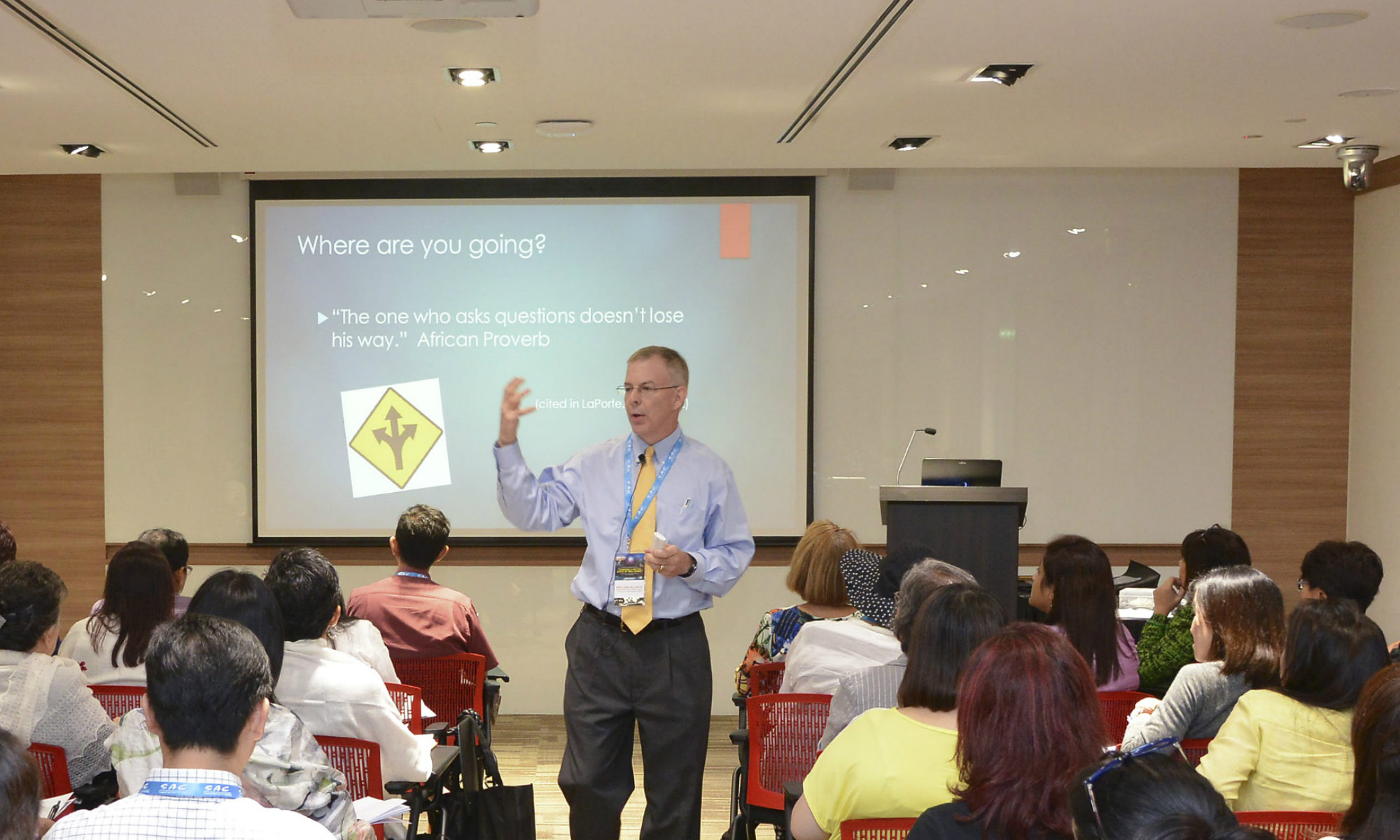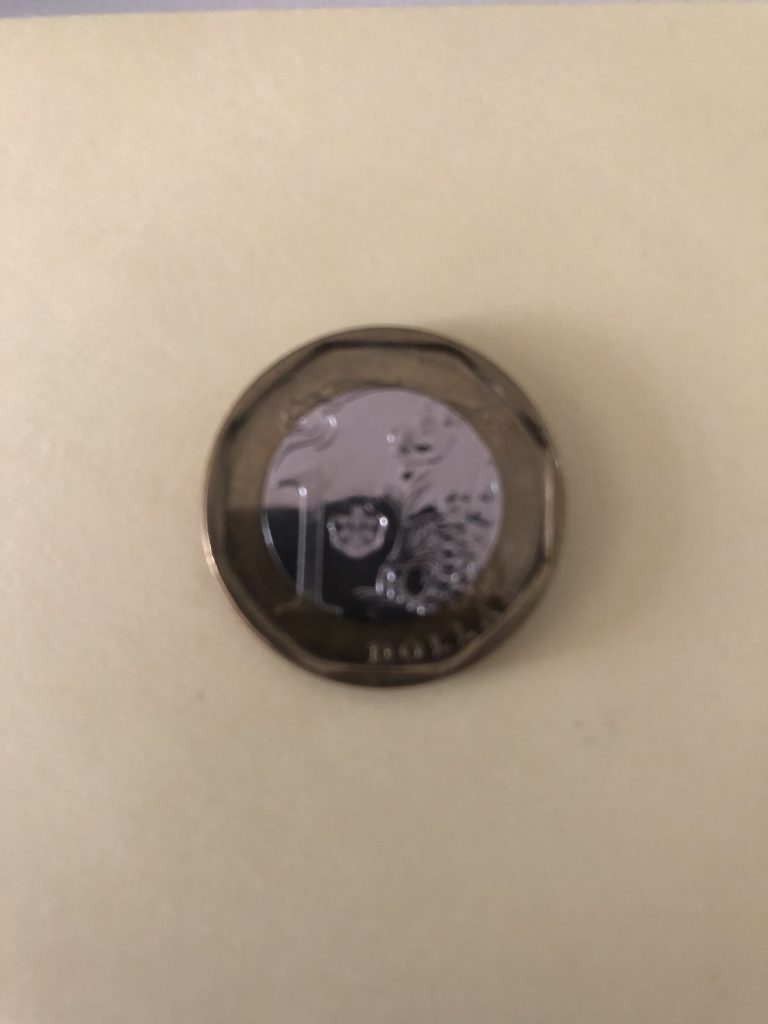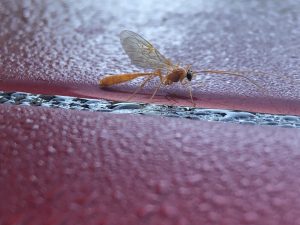How are you spending your creative brain money?

Pretend that a deposit is made into your brain bank account each morning right before your eyes open. A sum of $60,000 has just been placed into your ledger. The catch? It has to be spent in full—or to the fullest extent possible—by the end of the day. If not, the money vanishes.
Would you wake each morning with a child-like excitement about the possibilities for this daily …or would you simply get used to it?
Yeah, maybe the latter. After all, tomorrow is just another day with the automatic deposit. Ho hum.
And so it is with creative thinking. It is a challenge to adopt a creative thinking mindset with a “Groundhog’s Day” mindplot swirling in our brain. Think and repeat…think and repeat. You get the idea.
In creative thinking, options abound daily. That $60,000 is actual 60,000 thoughts that, it is estimated, humans have each day. (Who knows whether that is accurate? However, the point is clear: You and I have at least some control over our thinking.)
How are you spending your $60,000 today? Are you buying new stuff and exploring new cognitive lands in creating fresh ideas for your cerebral cortex or pressing “rewind” and playing the same thoughts as yesterday? Now maybe there are times when “repeats” help. In venturing toward a creative lifestyle, though, the breaking of yesterday thought patterns can result in innovative ideas.
Eyes help us to see—meaning “interpret”—the world. We sometimes tend to see what we believe rather than believe what we see. Many deliberate creativity techniques from brainwriting to mindmaps exist for aiding that creativity mindset.
So…when that creative problem-solving spark is needed, how might your $60,000 be spent?




